Assigning value to a vehicle isn’t always easy. More than just looking up a year/make/model, it factors in options, drivetrains, even colours. The first and possibly most important factor that enthusiasts go to, though, is condition. As with any kind of collecting, the condition of the object has a massive impact on how desirable and valuable that item is. This is why we use a condition rating scale when evaluating cars in person and updating the Hagerty Price Guide.
While different sources will offer slightly different scales, the industry standard for classic cars is a 1-to-6 number rating. The lower the number, the better the condition. We also use “+” and “-” to add a little more accuracy. For example, if a car is in nearly like-new #2 (“excellent”) condition but has just a handful of flaws, it might rate a #2-. Even within that scale, though, context is important, and there are some misconceptions about certain numbers in the range. Below, we’ll break down the scale and offer some context and spotting tips for each grade.

Condition #1: “Concours”
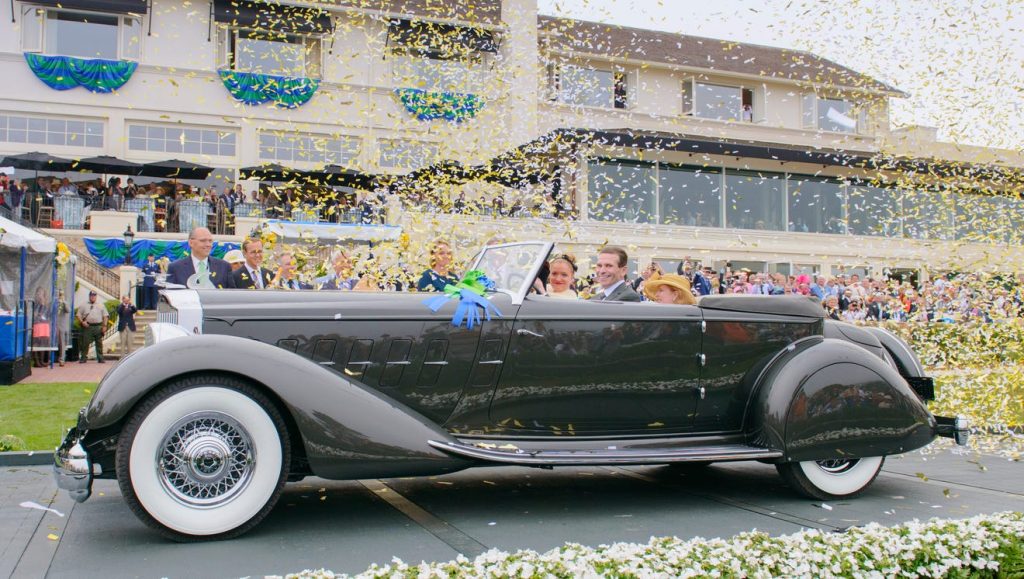
#1 vehicles are perfect, better than new, and almost never seen outside of major concours events.
These vehicles are, simply put, the best examples of their kind in the world. It would be inconceivable to think of a better example that exists anywhere. Some people misidentify like-new cars in #2 condition as #1 cars, but in reality a true #1 is a cut above simply “like-new.”
Think about it this way: By nature of the fact that most cars are mass-produced, there will always be flaws. It would simply be cost prohibitive to address every paint imperfection or align the panel gaps to millimetre consistency at the factory. A #1 vehicle, by contrast, should be held to this “everything is perfect” high standard. Everything about them should be flawless. Think of a paint finish so clean, it could double as a mirror, with panel gaps that are perfectly aligned all over, and no expense spared using the correct parts and materials during restoration, often performed by the best artisans, to fit and finish everything.


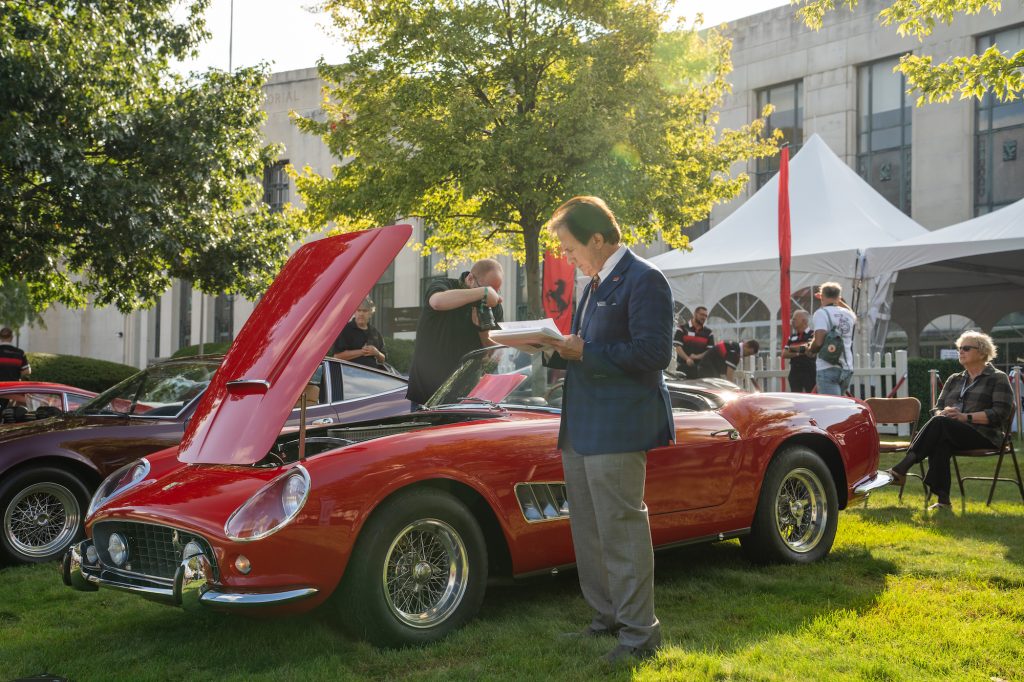
It is extremely rare to encounter a car of this quality out in the wild, as #1 vehicles are sparingly driven at best. Mere exposure to the elements is all it takes to deteriorate the finish enough to lower the condition rating over time. We label the #1 rating as “concours,” because high-tier, judged car shows are essentially the only place to see a true #1 classic.
Condition #2: “Excellent”
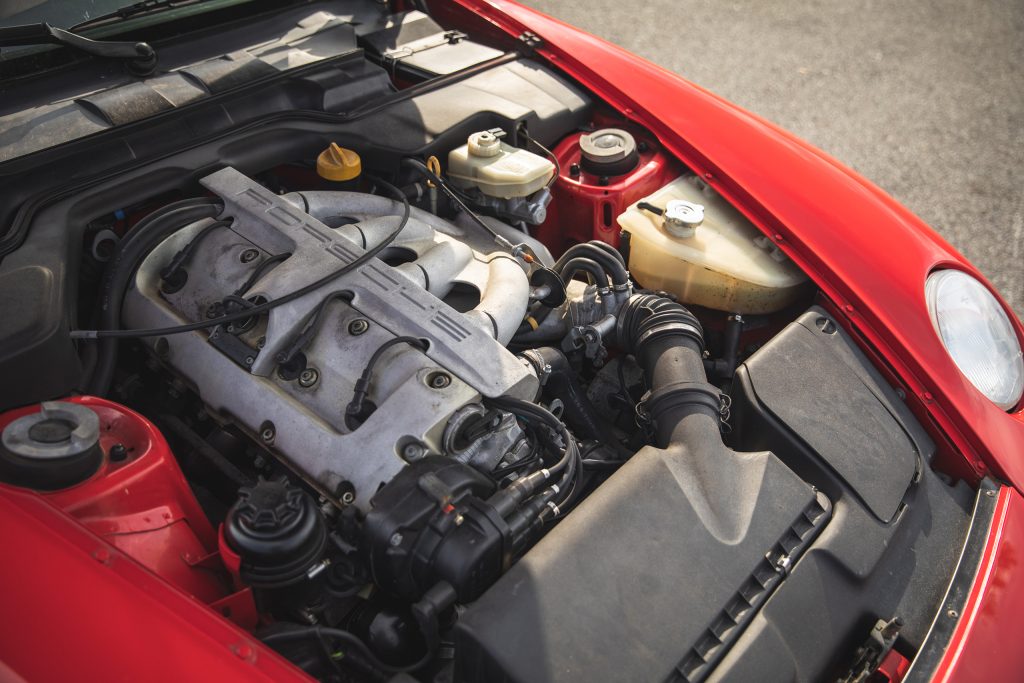
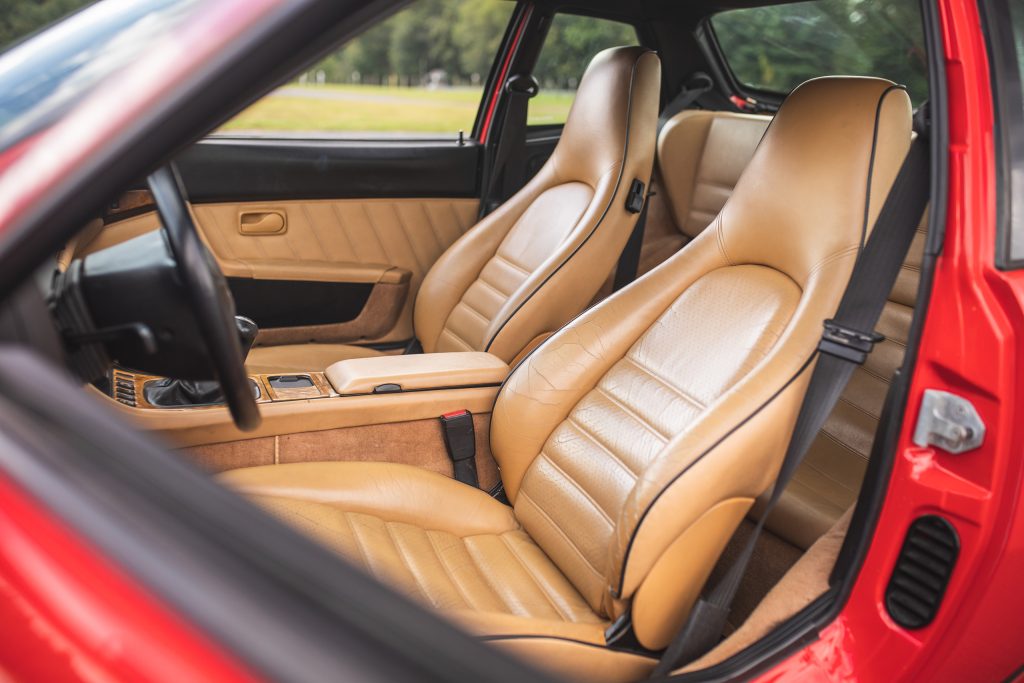
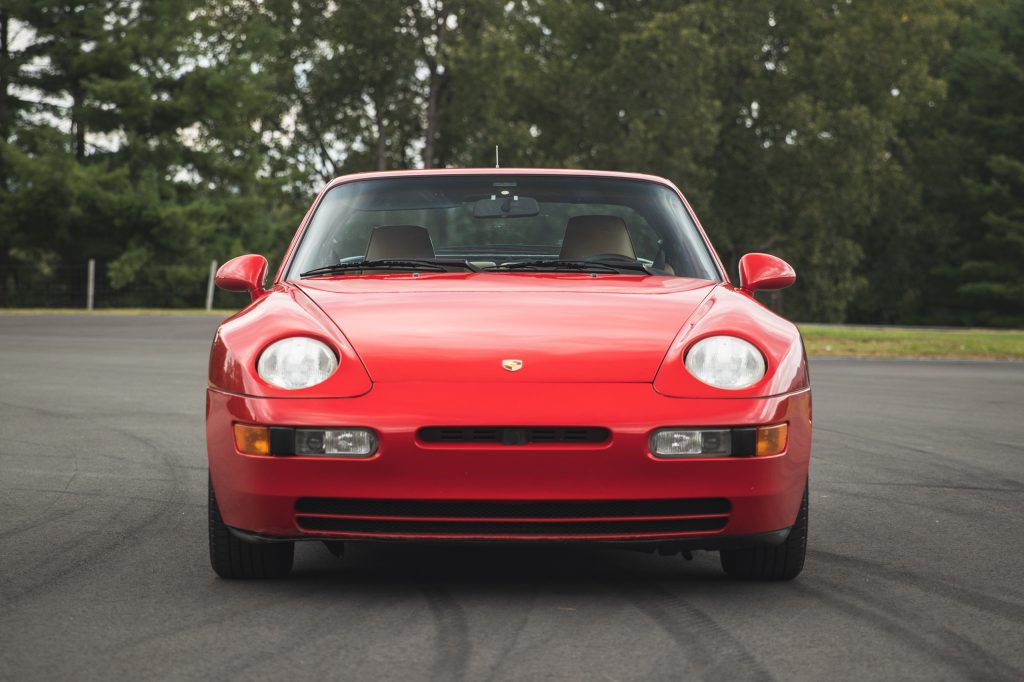
#2 condition vehicles are “like new” inside and out, or close to it.
This constitutes the majority of fully restored vehicles. A #2 car can expect to win a local or regional show without too much trouble. To the average enthusiast, it will be difficult to spot anything amiss with the fit, finish, or correctness. It would take an expert to spot flaws, and they may be only technical ones at that. It is common for #2 vehicles to be mistaken for #1 vehicles, but minute details and the time spent on them can make a huge difference in a car’s value.
Most new, showroom-fresh cars will fit the criteria of a #2 car. To the untrained eye, the fit and finish may seem perfect, but upon closer inspection even new cars often have orange peel in the paint and uneven panel alignment.
Condition #3: “Good”
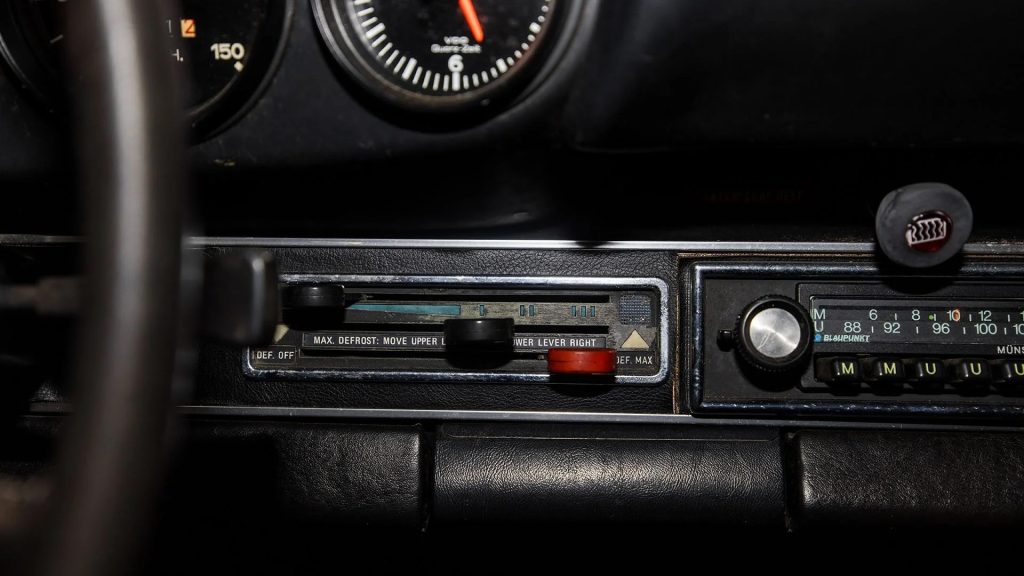
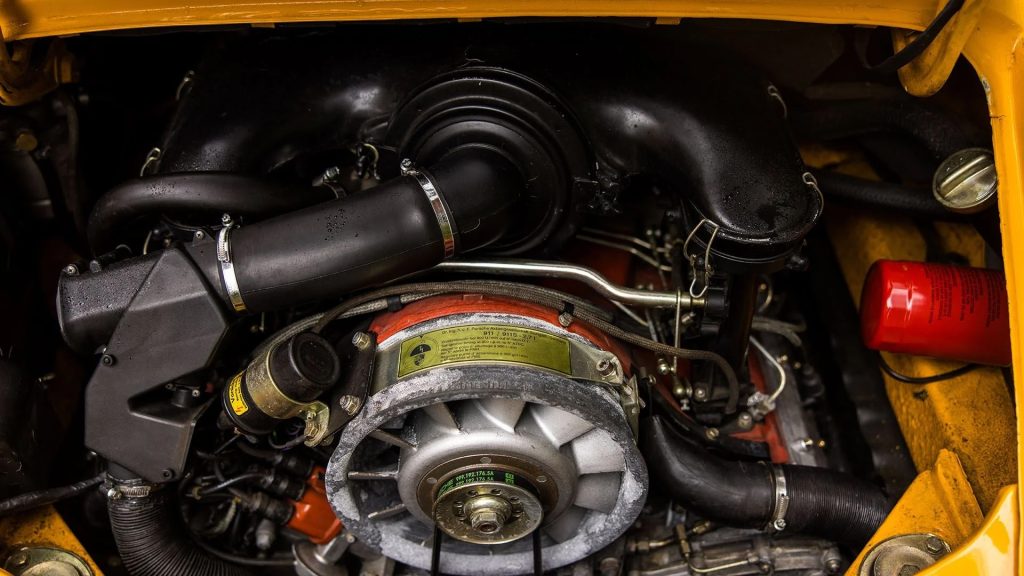
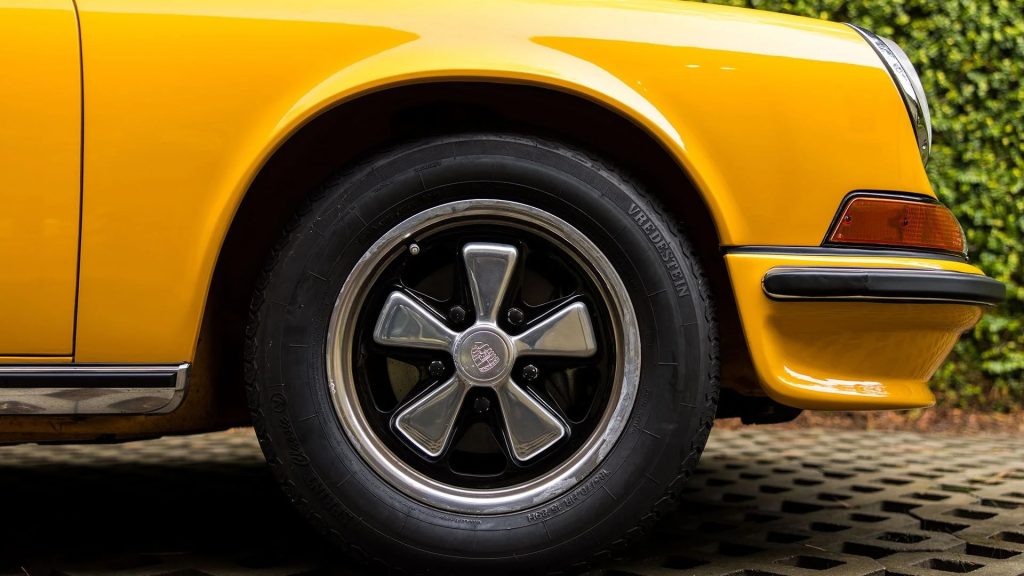
#3 vehicles look quite good even from a short distance, but show minor age and flaws up close.
Most enthusiasts have a car that fits into this category. Based on our insurance data and in ratings compiled in person by the Hagerty Price Guide team, the vast majority of collector cars are in #3 condition. This makes sense. Cars are meant to be driven, not sit in a garage collecting dust. Using a car inevitably creates deterioration of finish, rock chips, hazing paint, interior wear, etc.
Although #3 cars show wear, that doesn’t mean they’re worn out. These may be former #2 vehicles with some miles under their belt, or a modern collector car with moderate mileage. At this point, a less-seasoned enthusiast might be able to pick out flaws or imperfections in the finish, but they’re not painfully obvious, especially at 10 feet.
Condition #4: “Fair”
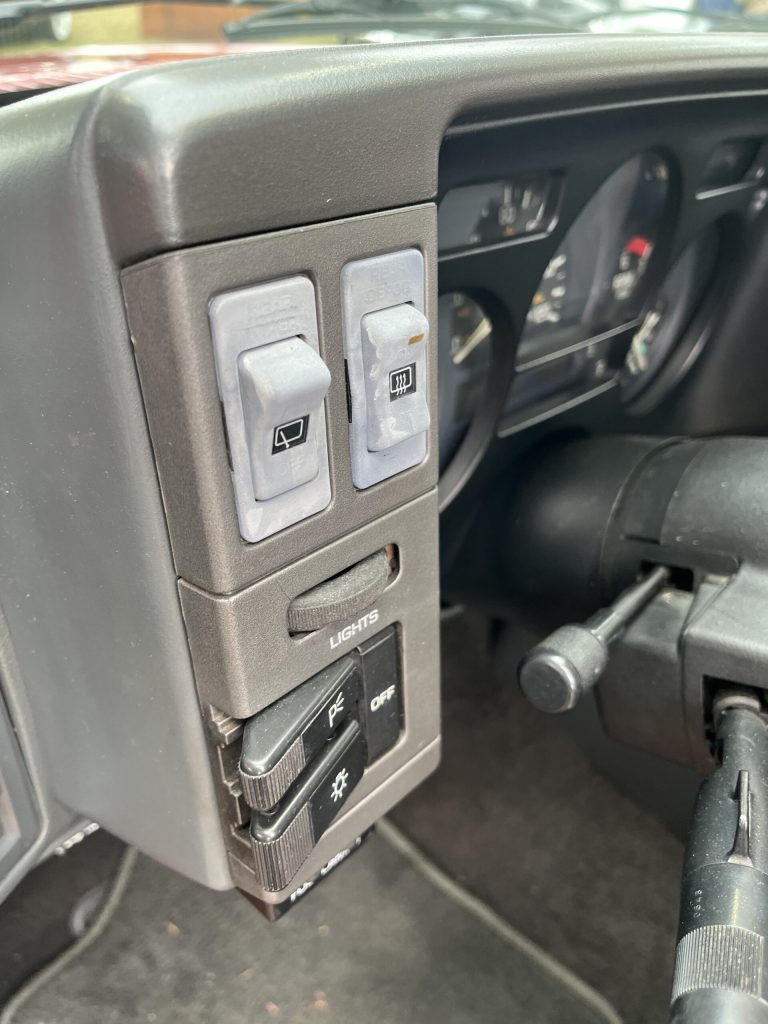
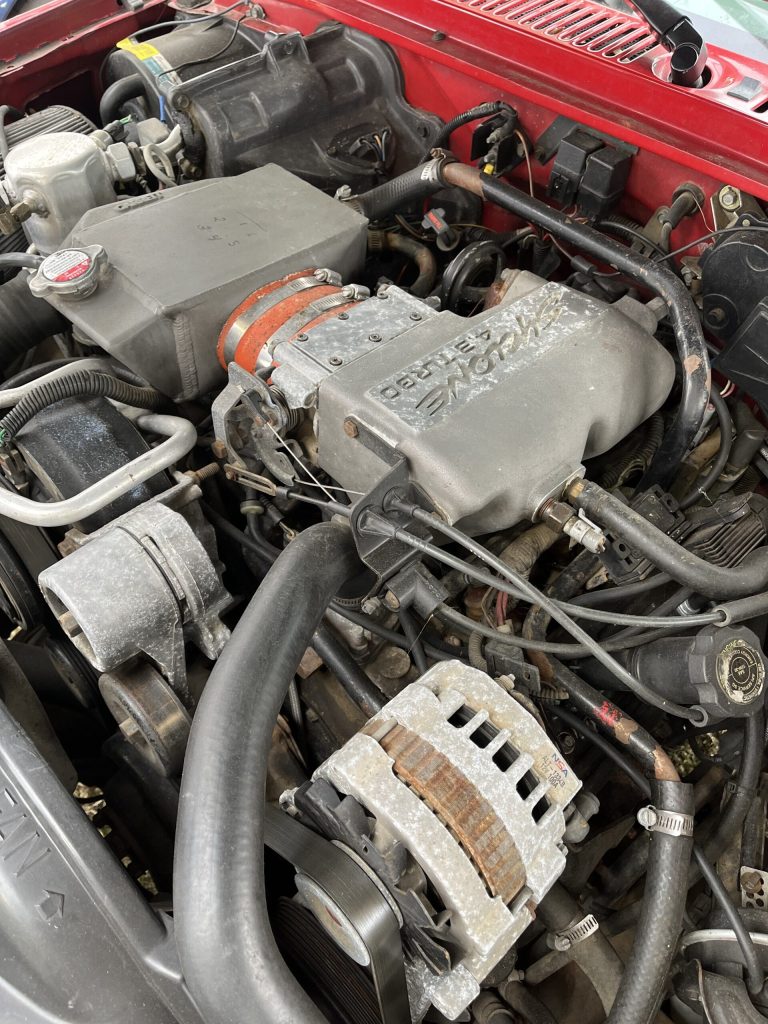
#4 vehicles show more significant and visible deterioration than a #3.
On a #4 vehicle, anyone should be able to point out significant flaws, even from a distance. A #4 condition car might have severe fading, blistering, severe chipping or even worn-through areas of the paint finish. The interior shows heavily worn and possibly ripped upholstery. Cracks in the dashboard will be apparent. The mechanical components are still serviceable, but there’s a good chance that not everything works perfectly. Though the drivetrain should still run fine, the engine might be tired and in need of freshening up. You can drive it, but you probably wouldn’t take it on a road trip with confidence.
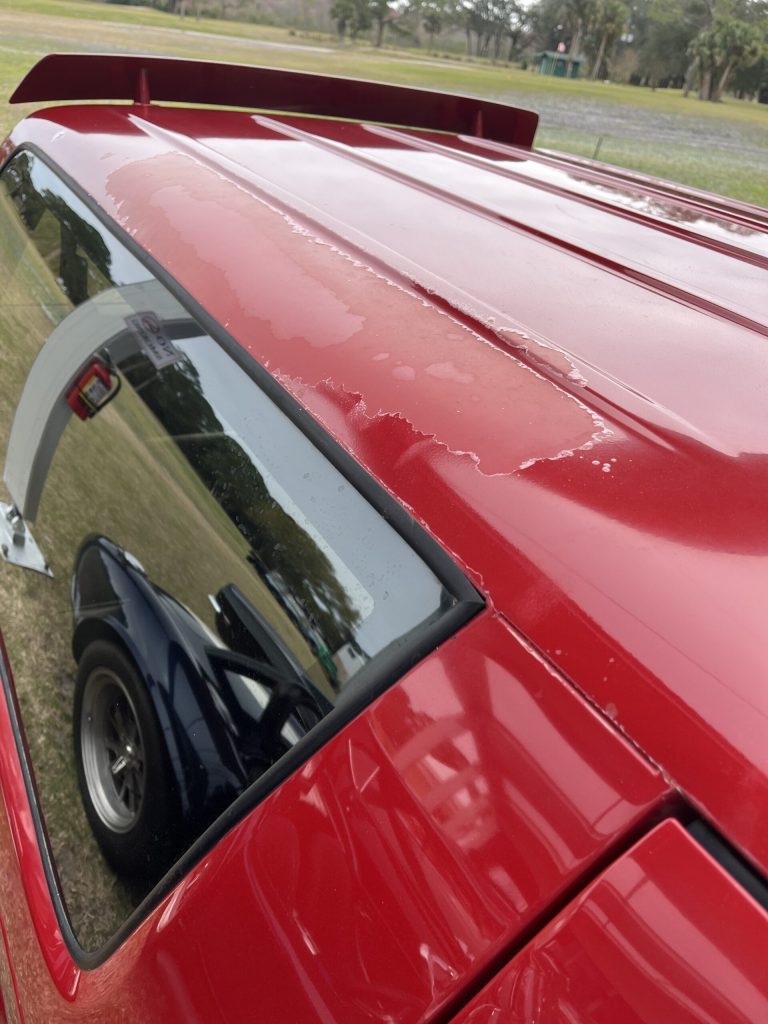
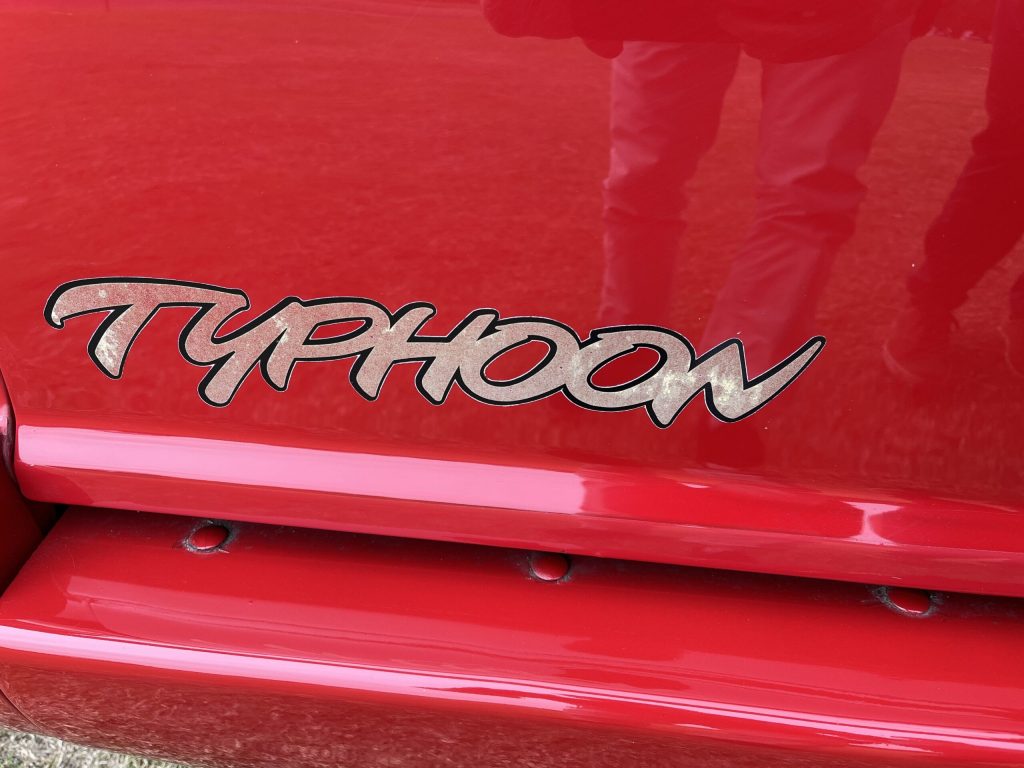
Modern enthusiasts cars in the #4 range often have high mileage and may have been treated as daily transportation for the majority of their life, showing similar signs of a significantly used car. A #4 car may not be a restoration project, but its condition may warrant a cosmetic or mechanical restoration if it deteriorates much further.
Condition #5: “Project Car”
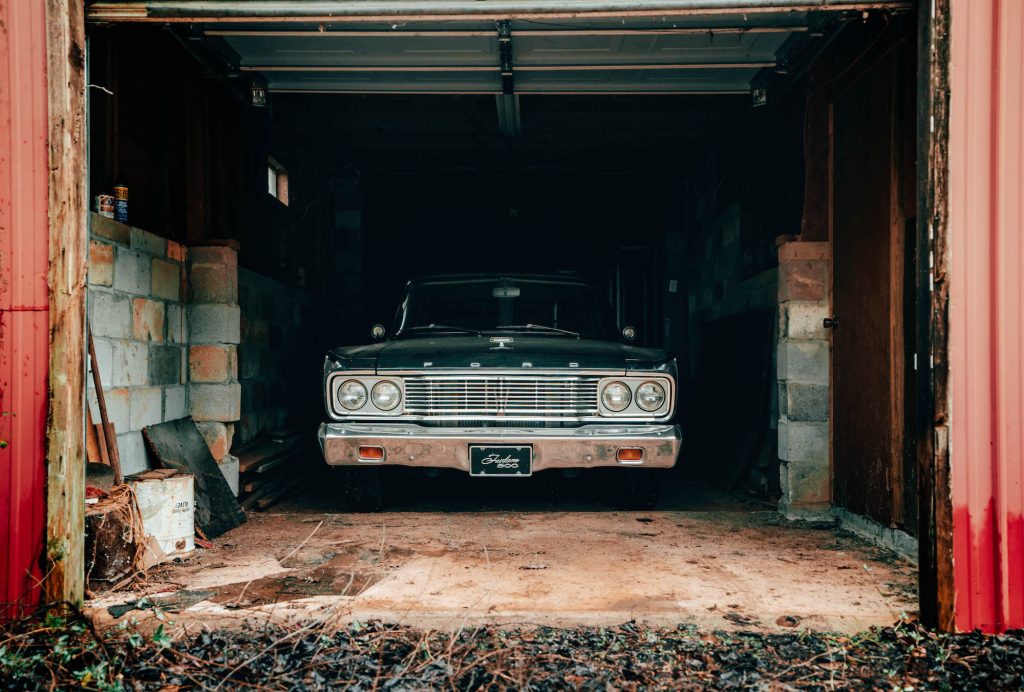
#5 project vehicles are salvageable but need work before hitting the road.
At this point, we are talking about a project car that can’t be used until it gets serious attention. Whether it’s the stereotypical barn find or a family car that has sat outside for years, this type of vehicle will require significant, often professional attention. It is unlikely that the mechanicals function, but if they do they are in desperate need of a refresh.
On this type of vehicle, it’s easy to spot where metal needs to be repaired or replaced, and paint is significantly damaged and unsalvageable. The interior is likely to be dirty and deteriorated, almost certainly requiring a complete redo. Most of the major components should all be there but, simply put, everything needs to be refurbished.
Condition #6: “Parts”
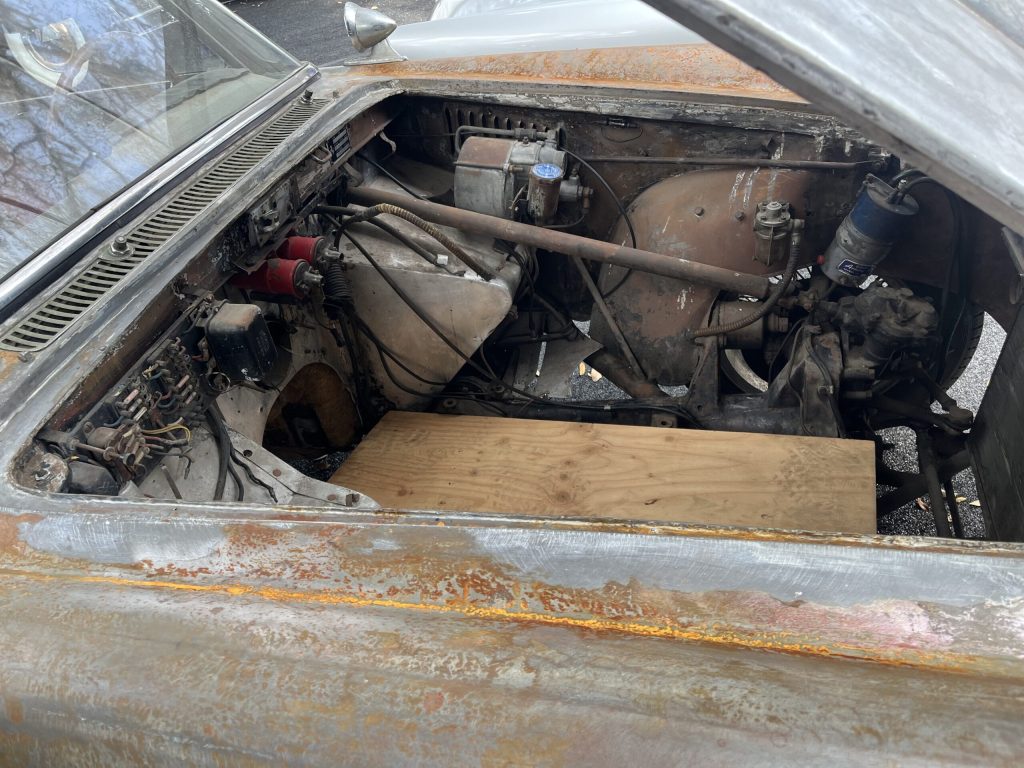
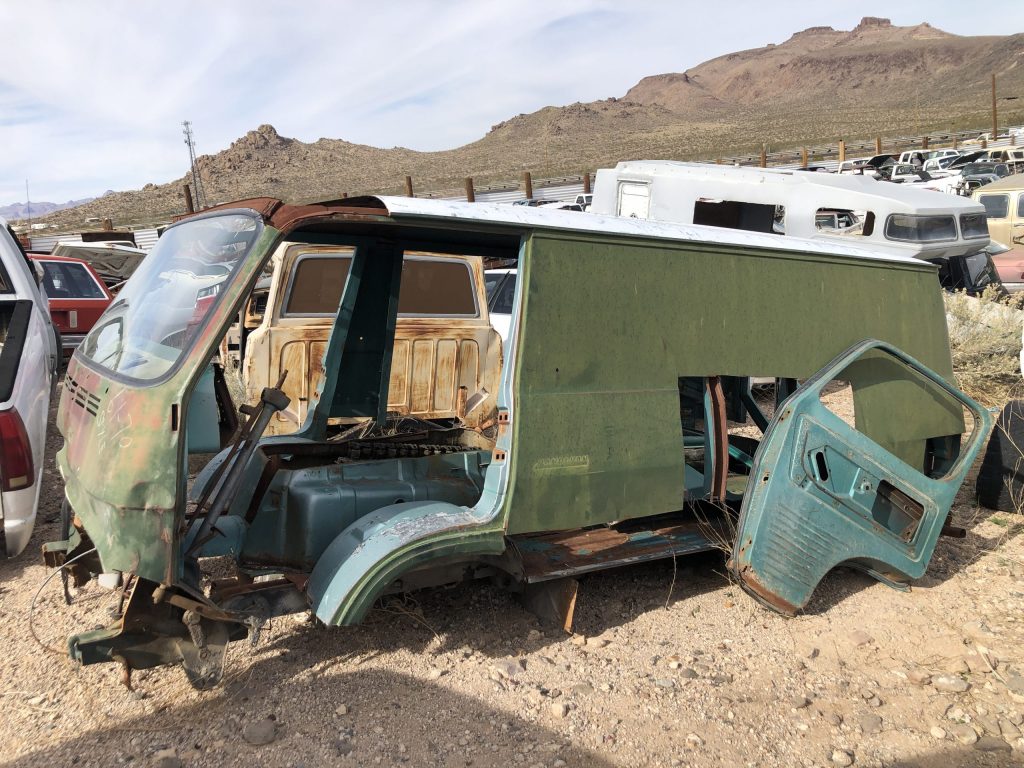
#6 vehicles are missing major components and are mostly just used for parts.
Does it get worse than a project car? It certainly does! Sadly, there comes a point when a car is too far gone to financially warrant saving. It would simply be too cost prohibitive to bring it back to life. This doesn’t mean there isn’t some value outside of the scrap yard, though. Although the vehicle as a whole may be too far gone, there may be hard-to-find parts worth salvaging, refurbishing, and using for another project.
This is what we affectionately know as a parts car. It’s the hulk you buy to strip for useful pieces, especially those that the aftermarket might not produce.
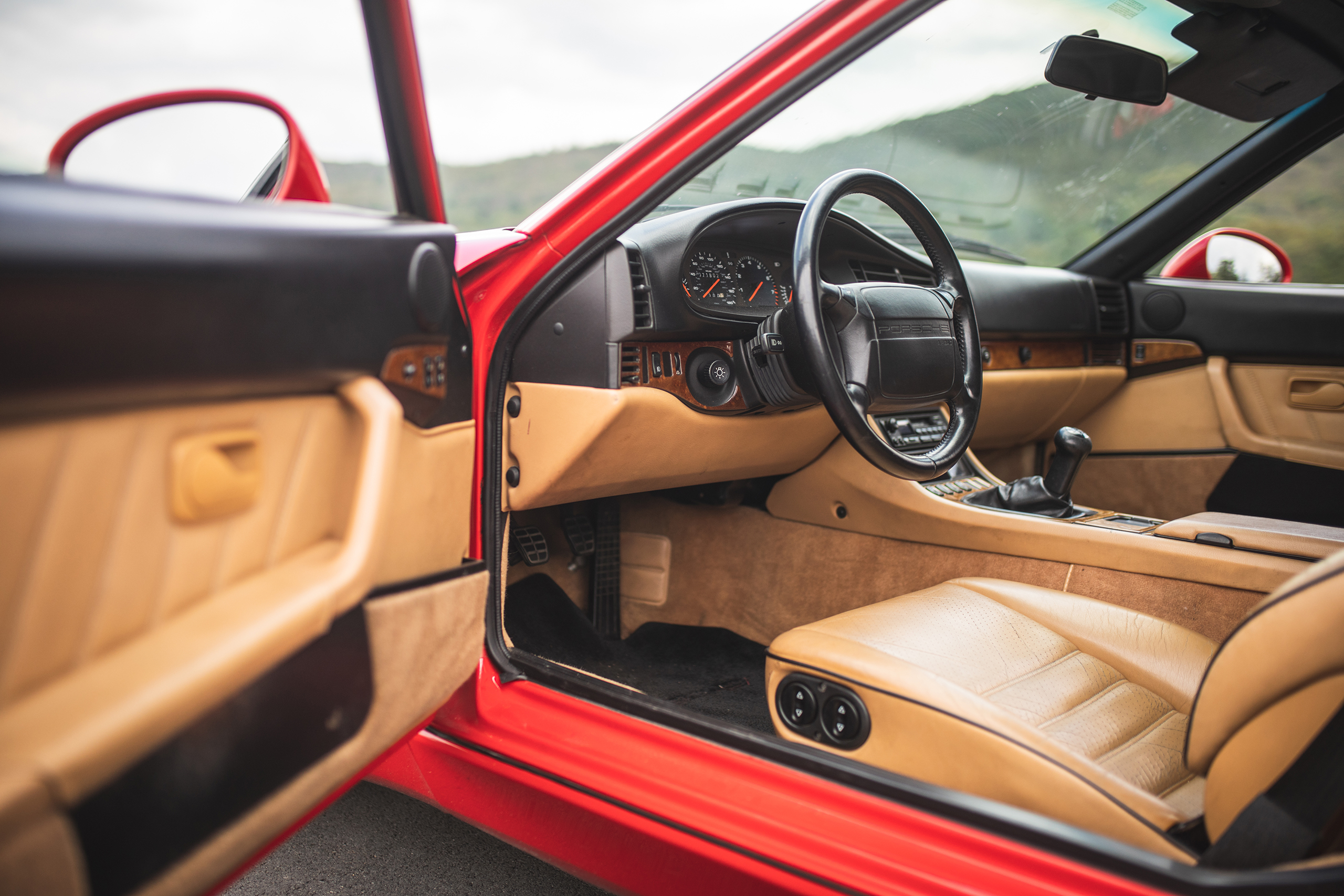









No mention of originality?
In some circles, originality is seen as more important than restored.